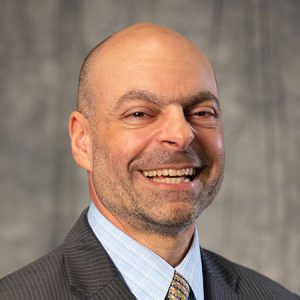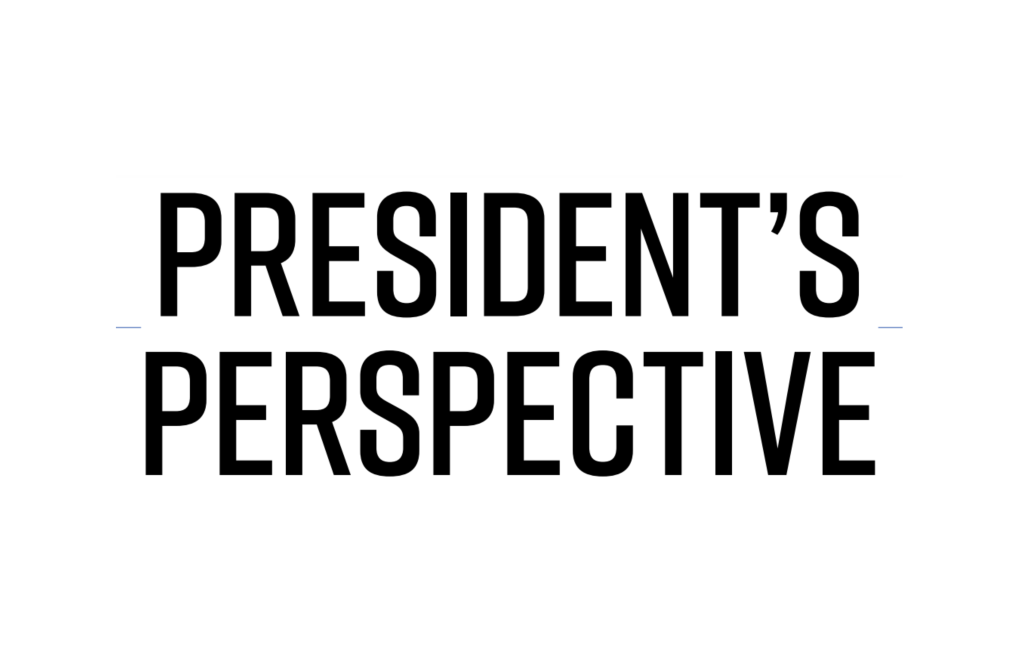With the Society having modified our fiscal year to align with the calendar year, I have the privilege of writing to you in LD+A’s first issue of 2025 to coincide with a new presidential term. Like my predecessors, I would like to take this opportunity to briefly introduce myself and my IES journey. If we have met, you probably know I’m “not from around here”; I was born and raised in Colombia, South America.
While attending university and with the hope of gaining international experience, I was given the opportunity to participate in an internship program at Cooper Lighting’s Halo facility in Elk Grove Village, IL. During my time there, my boss realized I spoke Spanish and since we were in the early 1990s and NAFTA (the North American Free Trade Agreement) was getting started, I ended up in Mexicali, Mexico, for a month helping to set up a brand-new manufacturing facility. Then, a few years later, I had the opportunity to relocate to Canada. My 35-year career in lighting is definitely the product of being in the right place at the right time.
I’m sharing details of my career in lighting because to me, lighting and the IES are intrinsically intertwined. I firmly believe if one is part of the lighting industry, one must be involved with the IES. I’ve had three mentors in my career. The first, Duke Wildey, was director of Incandescent Operations at Cooper Lighting Solutions. It was Wildey who made that internship happen in 1990. Though he was a numbers guy and not an IES Member himself, he made sure I took all The Source educational courses (offered by Cooper Lighting Solutions, and of which I was the first participant to complete all the courses available at the time) and suggested I join “this organization that deals with lighting-related standards”—the IES.
At Wildey’s insistence, I joined the Society. I attended my first annual conference in the mid-1990s in Cleveland, where I met Bill Brown. Brown was that guy who knew everyone and had a reputation for always remembering where a conversation last left off. He was always looking for ways to help me make new connections; realizing it was my first time at the conference, and that I didn’t know much about how the Society worked, he took me with him to the International Relations Committee meeting and had me join on the spot. Every year, for over two decades, every time I came back from LightFair or the IES Annual Conference, a week later I would receive a personal letter from Brown in the mail, not only recounting our conversation but also adding suggestions and commentary on our subject of discussion.
“As I reflect on the impact that mentors had on me, I ask myself a question: How can we help ensure the next generations have that ability to connect with people?”
When the opportunity to move to Canada arose, I wrote to IES Members I had contact with there. Ian Ashdown not only offered to help, he actually arranged an interview for me at Ledalite, which ended up being my first job in The Great White North. Like Brown on the business side, or Wildey on the personal side, Ashdown was my first phone call whenever I had to deal with a technical issue beyond my grasp.
I could go on for hours about the impact these three gentlemen had on my life and my journey as an IES Member. All three of them passed recently, and I miss them dearly, which leads me to the point I want to convey here. As I reflect on the impact that mentors had on me, I ask myself a question: How can we help ensure the next generations have that ability to connect with people? At our local IES Vancouver Section, we have a speed-mentoring program that is always successful. At The Lighting Conference, we do something similar during the Emerging Professionals program. It consistently ranks among the best activities we do as a group. Does your local section have a program like this? If not, why? What can we (the Society) do to help facilitate this? Face-to-face interactions are the best way for us to share our experience with the younger generation and for that next generation to find their own Wildeys, Browns, and Ashdowns. In-person section meetings, The Lighting Conference, and LightFair are all opportunities for connections to be made. I ask those of you who have been members for a while to plan to spend a couple of hours at your next gathering with the younger generation and offer them a helping hand; some of us are shy and find it difficult to make that first move. So, when you see someone new at one of our events, introduce yourself, ask about their interests, and help them find “their people.”


